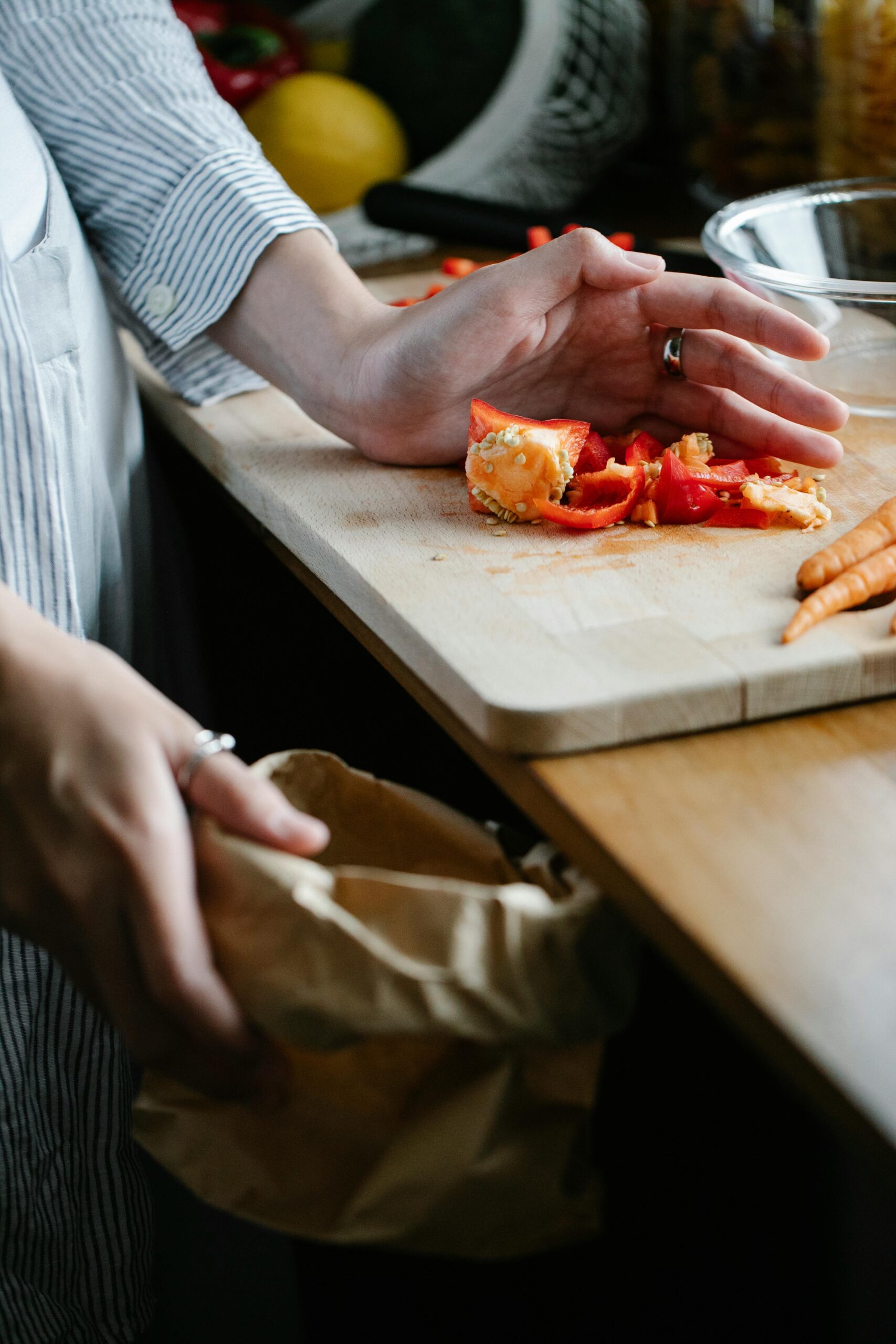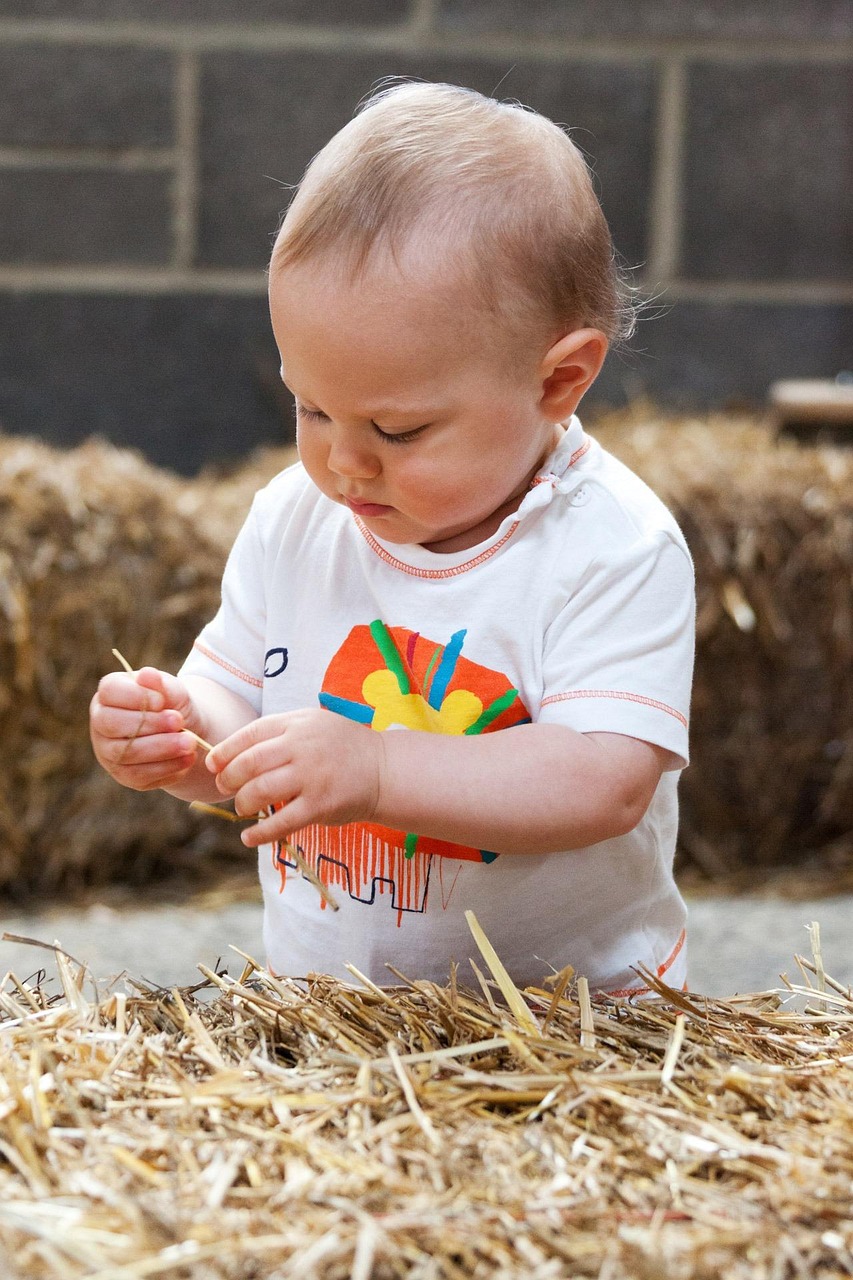The kitchen is one of the biggest sources of household waste, but with a few simple adjustments, you can transform it into a zero-waste haven. Reducing food waste, eliminating single-use plastics, and making the most of every ingredient can help you live more sustainably while saving money. Whether you’re just starting your zero-waste journey or looking for new ways to improve your kitchen habits, these eco-friendly kitchen hacks will help you minimize waste and make a positive impact on the planet.
1. Rethink Food Storage: Say Goodbye to Plastic
One of the easiest ways to create a zero-waste kitchen is by replacing plastic food storage with sustainable alternatives.
✅ Use Glass Jars for Leftovers & Dry Goods – Reuse jars from pasta sauce, pickles, and peanut butter for storing grains, nuts, and homemade sauces.
✅ Beeswax Wraps Instead of Plastic Wrap – These reusable wraps keep food fresh and are a great alternative to cling film.
✅ Silicone Storage Bags – Replace disposable ziplock bags with durable, dishwasher-safe silicone bags.
✅ Compostable Parchment Paper – Use unbleached parchment paper for baking and dispose of it in your compost bin.
2. Reduce Food Waste: Use Every Part of Your Ingredients
Food waste is a major contributor to climate change, but with a little creativity, you can make the most of every ingredient.
🍏 Save Vegetable Scraps for Broth – Onion skins, carrot tops, and celery ends make a flavorful homemade veggie stock.
🍌 Repurpose Overripe Fruit – Use bananas for smoothies, bake overripe apples into muffins, or freeze berries for later.
🍞 Transform Stale Bread – Turn it into breadcrumbs, croutons, or bread pudding.
🥦 Use Broccoli Stems & Herb Stems – Chop and sauté broccoli stems or blend herb stems into sauces and pesto.
3. Compost Like a Pro
Even with careful planning, some food waste is inevitable. Instead of sending scraps to the landfill, start a compost bin.
🔄 What to Compost: Fruit peels, veggie scraps, coffee grounds, eggshells, and tea bags.
🚫 What to Avoid: Meat, dairy, and oily foods, which can attract pests and slow decomposition.
🌿 Composting Options: If you don’t have a backyard, try vermicomposting (using worms) or look for community composting programs.
4. Smart Grocery Shopping for Less Waste
A zero-waste lifestyle starts at the grocery store. Plan ahead to minimize packaging and food waste.
🛍 Bring Reusable Shopping Bags & Produce Bags – Skip the plastic and bring your own totes and mesh produce bags.
🛒 Buy in Bulk – Shop at bulk food stores to refill grains, nuts, and spices in reusable containers.
📜 Plan Meals to Reduce Waste – Make a weekly meal plan to buy only what you need.
🌱 Choose Seasonal & Local Produce – Support local farmers and reduce the carbon footprint of your food.
5. DIY Kitchen Staples to Reduce Packaging Waste
Many store-bought pantry items come in plastic containers, but you can make your own with simple ingredients.
🥣 Homemade Nut Milk – Blend almonds, cashews, or oats with water, then strain for fresh, preservative-free milk.
🍯 DIY Condiments – Make your own salad dressings, ketchup, or mayo in reusable jars.
🍋 Infused Vinegar for Cleaning – Soak citrus peels in white vinegar for a natural all-purpose cleaner.
🍪 Bake Your Own Snacks – Make granola bars, crackers, or energy bites instead of buying packaged snacks.
6. Cut Down on Single-Use Items
Many kitchen disposables can be swapped for long-lasting, sustainable alternatives.
🚰 Ditch Paper Towels – Use cloth napkins and washable kitchen towels.
🥤 Swap Plastic Straws for Reusables – Stainless steel, bamboo, or glass straws last for years.
♻️ Choose Compostable Sponges & Brushes – Use natural loofahs or wooden scrub brushes instead of plastic sponges.
☕ Brew Coffee Sustainably – Use a French press, a metal coffee filter, or compostable coffee pods.
7. Preserve Food to Extend Its Life
Proper storage and preservation techniques can prevent food waste and help you enjoy fresh ingredients longer.
🥕 Store Produce Correctly – Keep potatoes in a dark, cool place and store leafy greens in a damp cloth to prevent wilting.
🧊 Freeze Leftovers & Extra Produce – Chop and freeze fresh herbs, berries, and homemade soups for later use.
🌿 Pickling & Fermenting – Preserve vegetables with vinegar or ferment them into sauerkraut and kimchi.
8. Grow Your Own Ingredients
Even if you don’t have a garden, you can grow some food at home to reduce store-bought waste.
🌱 Regrow Veggies from Scraps – Place green onion ends or lettuce stems in water to regrow.
🪴 Start an Indoor Herb Garden – Grow basil, mint, and rosemary in small pots.
🍅 Grow Sprouts & Microgreens – Sprouting lentils or growing microgreens is easy and nutrient-packed.
9. Cook Mindfully & Serve Thoughtfully
The way you cook and serve food can also help you embrace zero-waste cooking.
🍽 Cook in Batches – Prepare meals in bulk to reduce energy and packaging waste.
🥣 Use the Right Portions – Serve smaller portions to avoid leftovers going to waste.
♻️ Save & Reuse Leftovers – Reinvent leftovers into new meals like soups, stir-fries, or sandwiches.
10. Support Sustainable Brands
When you need to buy new kitchen tools or supplies, choose eco-friendly brands that prioritize sustainability.
🌿 Look for Compostable or Biodegradable Materials – Opt for bamboo cutting boards, glass storage containers, and stainless steel utensils.
💚 Choose Companies with Sustainable Packaging – Support brands using minimal or recyclable packaging.
♻️ Repurpose Before Buying New – Upcycle old jars, reuse containers, and repair kitchen tools when possible.
Conclusion
Embracing a zero-waste kitchen is about making small, intentional changes that add up over time. By rethinking food storage, reducing waste, composting, and using sustainable alternatives, you can create a kitchen that is both efficient and environmentally friendly.
Call to Action
Which zero-waste kitchen hack are you excited to try first? Share your thoughts in the comments and subscribe for more sustainable living tips!




Leave a Reply